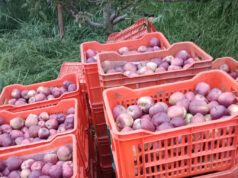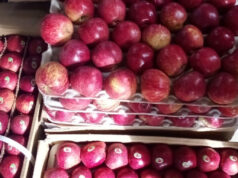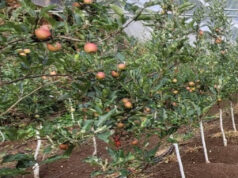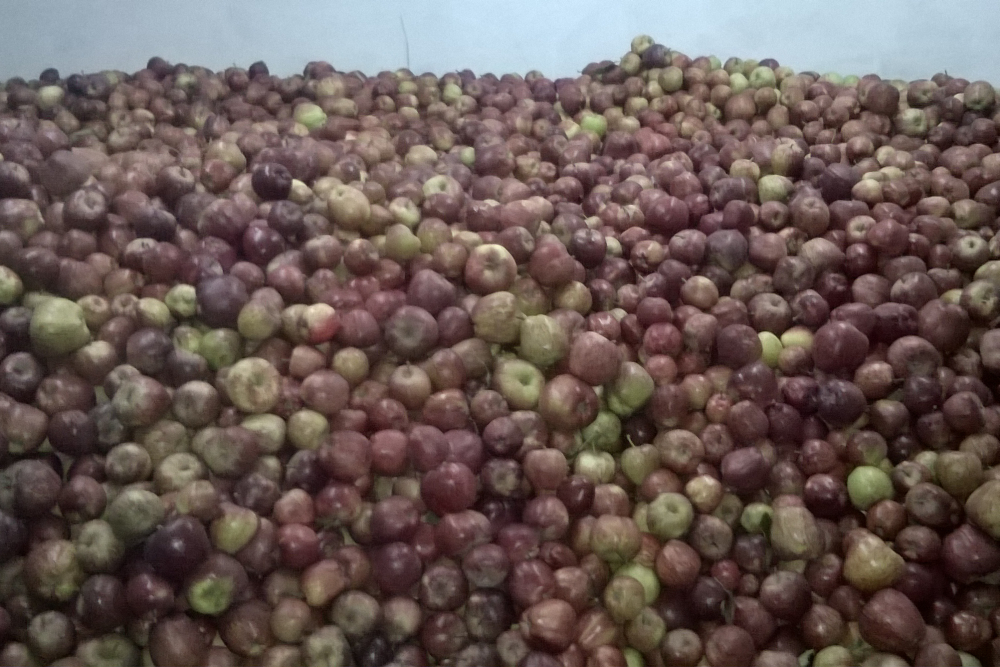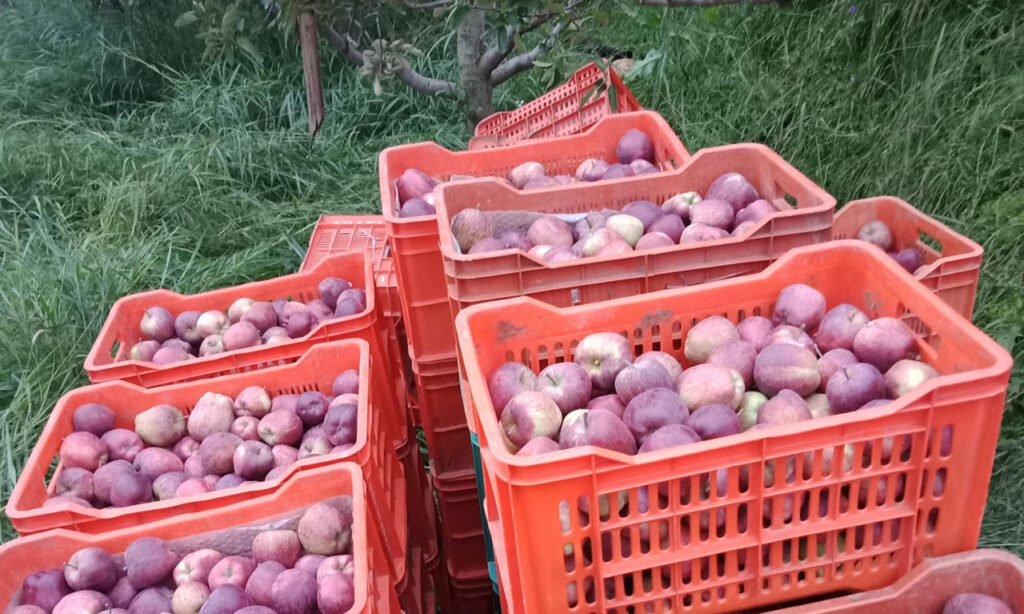
Himachal Pradesh’s horticulture sector is witnessing unprecedented growth. Contributing ₹4,476 crore annually to the state’s economy, horticulture has long been a cornerstone of Himachal’s income and employment, directly or indirectly supporting around 10 lakh individuals.
Spanning approximately 2.36 lakh hectares, the sector yielded 6.38 lakh metric tonnes of fruit production this year. Diversification efforts have also propelled the state into new markets, with 25,829 metric tonnes of mushrooms, 4,081 metric tonnes of honey, and flowers cultivated across 659 hectares. These developments not only bolster farmer incomes but also elevate Himachal’s reputation for producing premium-quality agricultural products.
The state has expanded horticultural coverage by bringing an additional 8,085 hectares under fruit cultivation. Through government-supported nurseries, 25.12 lakh fruit plants were produced, and 27.64 lakh plants were distributed to orchardists, enhancing both the quality and quantity of produce.
A standout reform includes pest and disease management, where ₹13.64 crore in subsidies was provided for plant protection medicines, benefiting 288.55 MT/kg of materials. Biological pest control practices now cover 1,195 hectares, with 542 farmers trained in these eco-friendly methods. These initiatives not only ensure healthier crops but also promote sustainability.
The Market Intervention Scheme (MIS) has streamlined the sale of horticultural produce by establishing 819 procurement centres statewide. This initiative procured 89,615.05 metric tonnes of apples worth ₹10,753.79 lakh, along with mangoes and citrus fruits. By eliminating intermediaries, the scheme guarantees farmers fair compensation, providing stability in fluctuating markets.
The government has emphasized quality assurance through the registration of 226 nurseries and 160 Bud Wood Banks under the HP Fruit Nursery Registration and Regulation Act, 2015. These facilities ensure the availability of high-yielding and resilient saplings, strengthening orchardists’ productivity.


